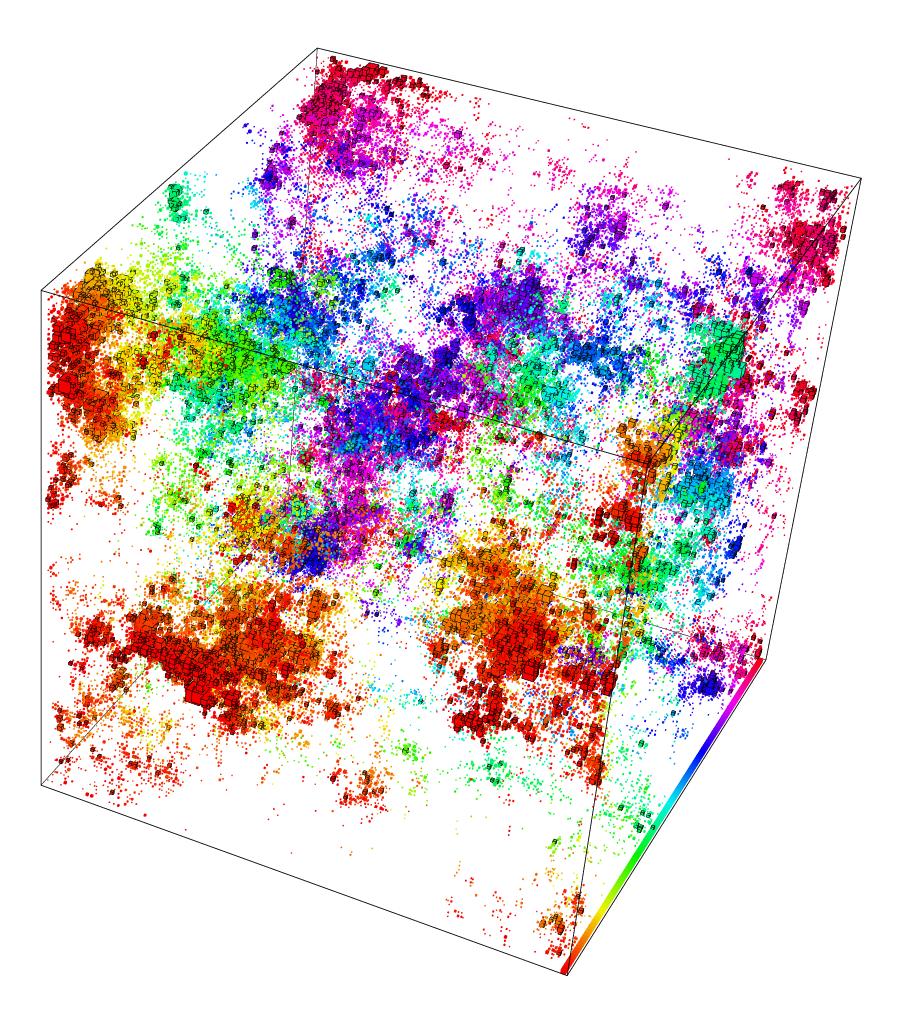Research Group "Disordered Quantum Systems" (DisQS)
Interacting many-body systems
One of the central challenges in condensed matter physics is to understand how different phases of matter can arise and how these phases can be characterized. Many phenomena such as, e.g., superconductivity, magnetism, and quantum phase transitions in strongly correlated systems, Bose-Einstein condensation of dilute gases and of excitons in semiconductors, electronic transport in low-dimensional systems, and heavy-fermion physics, are known to exist due to the collective nature of the underlying many-body processes. Collective phenomena are particularly strong in low-dimensional systems where the reduced dimensionality enhances the interaction of elementary constituents.
Disordered systems
Order, as embodied in symmetries and conservation laws, is what many physicists are hoping to find in their studies of nature. But disorder, a “state of confusion” according to the current Oxford English dictionary, has its own attractions to scientists, particularly when it can dramatically change the properties of the “ordered” system. The physics literature is full of examples of such behavior. Perhaps the best–known such dramatic change is the celebrated phenomenon of Anderson localization, so-called after P.W. Anderson, who initiated the field with the first paper on the subject many years ago. The main point is the following: a solid which would normally be metallic, can be turned into an insulator simply by introducing disorder. This transition from metal to insulator does not happen because of a lack of states in the system, but rather because the nature of these states has been subtly modified by the presence of the disorder; they have become localized, i.e. confined to a region inside the material that is much smaller than the size of the system itself. Hence in a transport experiment, charge carriers entering the material will find the states can no longer accommodate their propagation throughout the entire material – Bloch theory has broken down.
Currently available projects
Get in touch with us for possible MSc and PhD projects for 2023/2024 entrance if you are really keen.
Have a look at our projects page for other recent topics. If you are interested in MSc and PhD places, please have a look at Warwick's postgraduate information pages for possible funding options.

